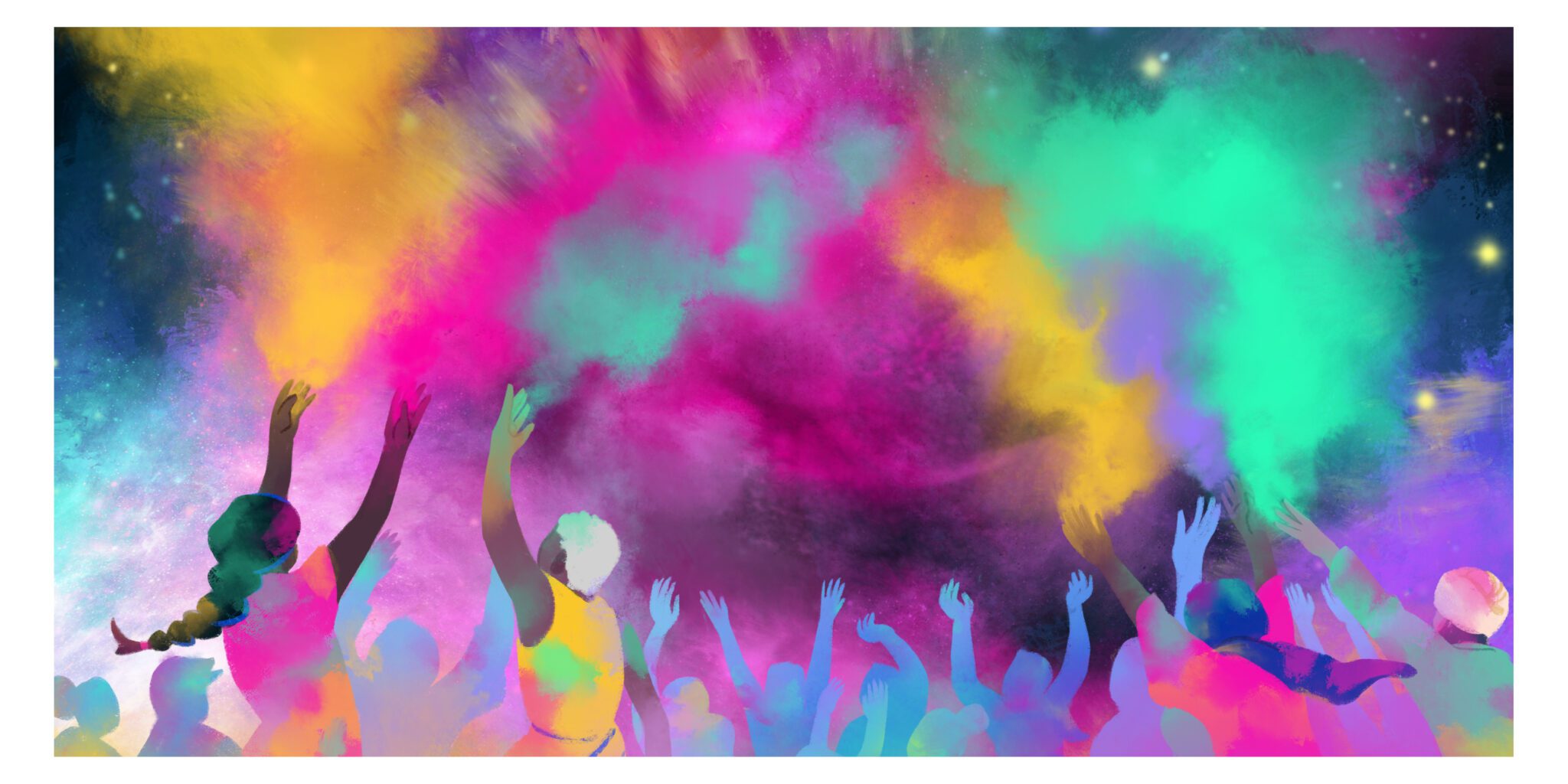Around the world, many cultures and religions carry out distinct ceremonial rites to herald the dawn of springtime. Themes of hope and renewal are at the heart of many such celebrations, including Jewish Passover and the Christian celebration of Easter.
Perhaps the most overtly joyous and colorful display of celebration to mark the start of spring is the Hindu festival of Holi, which was first celebrated in India in the fourth century C.E.
Though Holi first originated in the subcontinent of India, today, it is celebrated by people of various ethnicities and backgrounds in many parts of the world.
Holi is often referred to as the “Festival of Colors” due to the traditional use of colorful powders and water. Bringing to life the themes of harmony and new beginnings, people of all ages gather together outdoors wearing white to throw colored powder (gulal) or colored water (pani) at each other. The tradition results in an awe-inspiring scene — a vibrant kaleidoscope of colors and people melding together in joyful harmony.
Observers may also celebrate Holi at Hindu temples and community centers by attending religious services that honor Hindu Deities Lord Kirshna and Goddess Radha, as well as Lord Vishnu.
While there are many ancient legends about the origin of Holi that are embraced to varying degrees by different communities — the core tenets of Holi remain the same: it is an opportunity to forgive and forget, embrace new beginnings, and join together as a community in harmony.
In 2022, Holi takes place on March 18th.
Still Curious?
Learn more about Holi from the Hindu American Foundation, and explore research on the key themes of Holi — forgiveness and hope & optimism.
